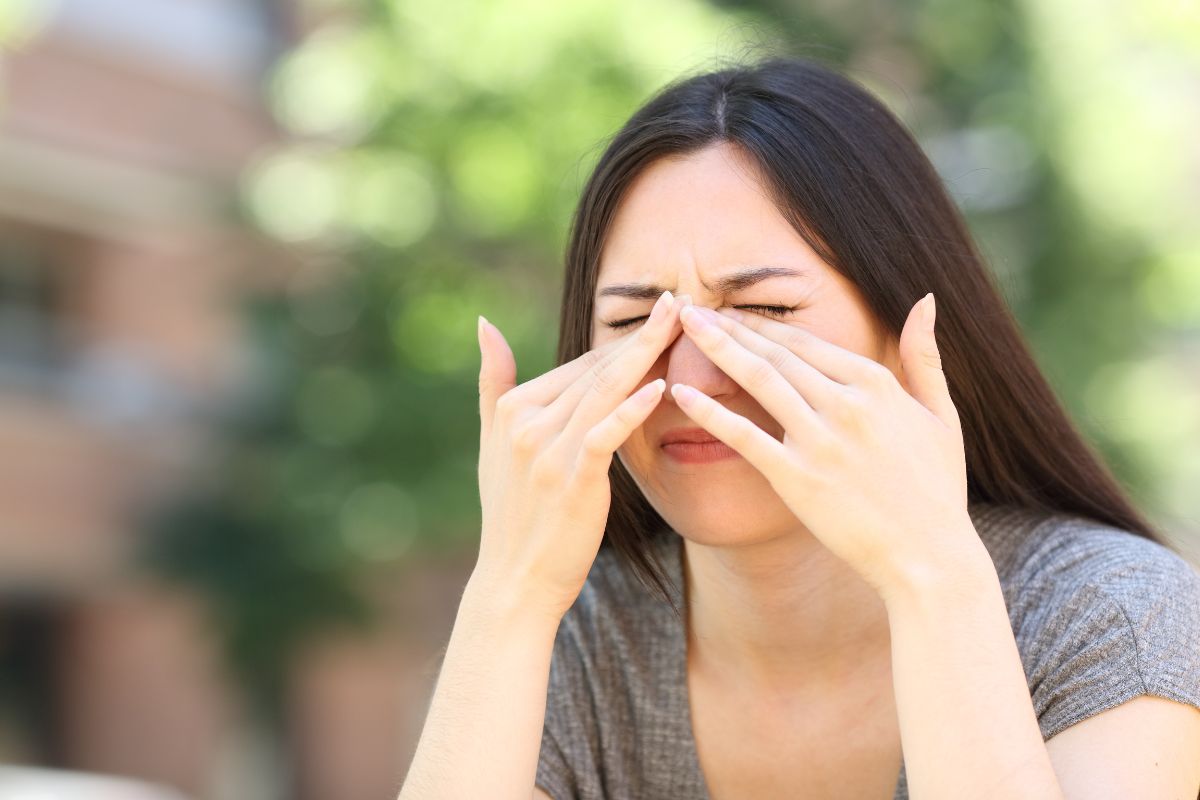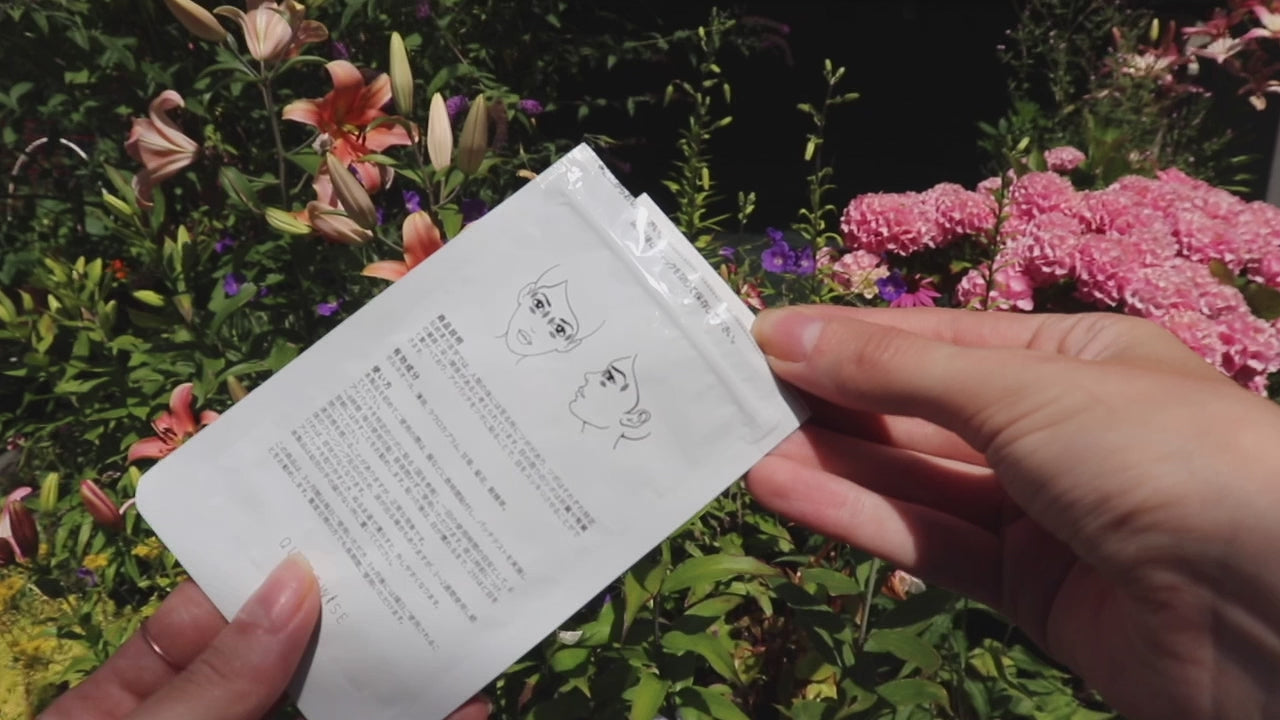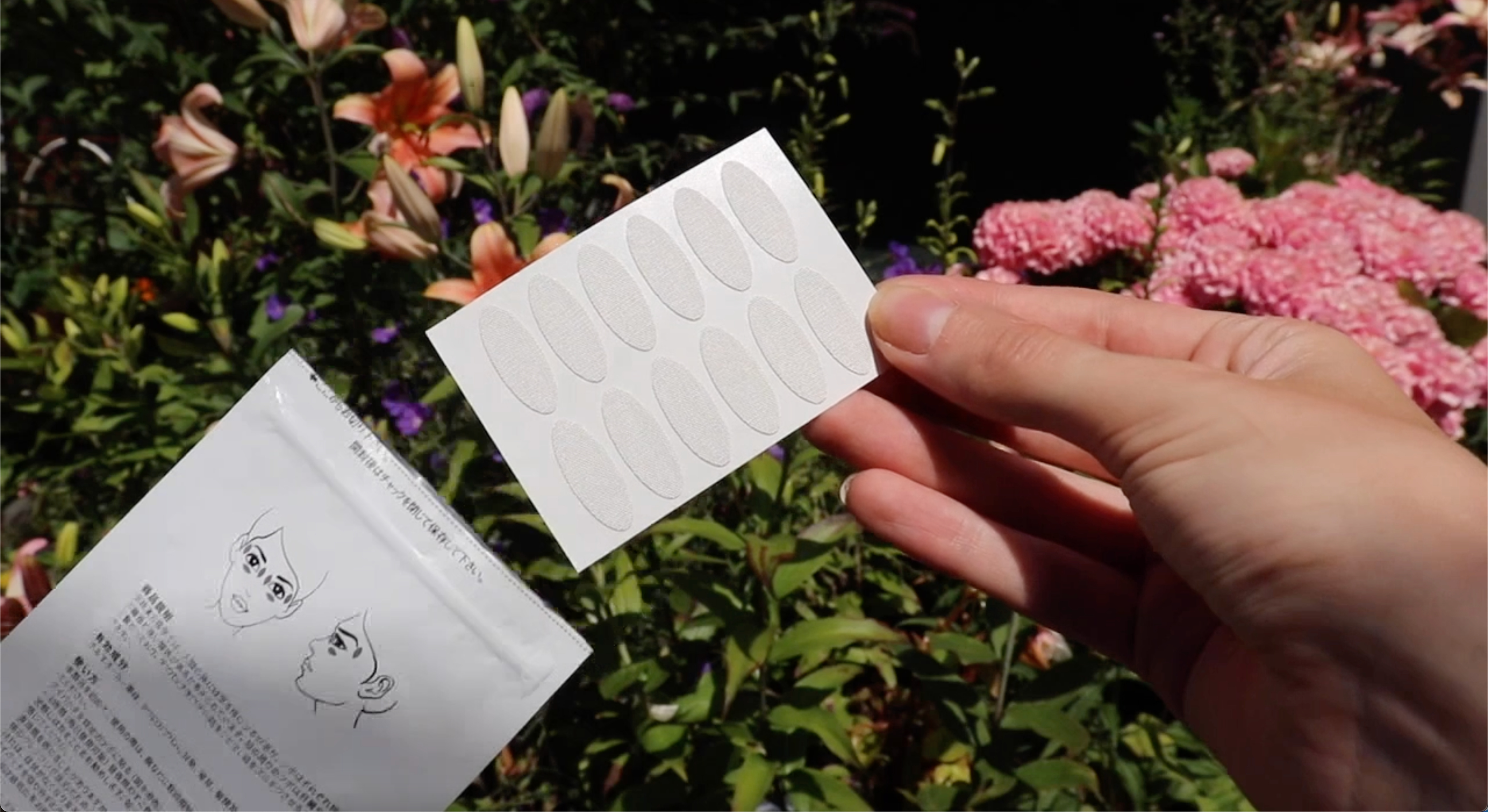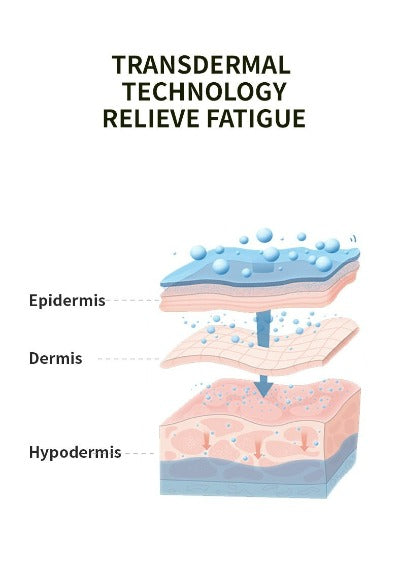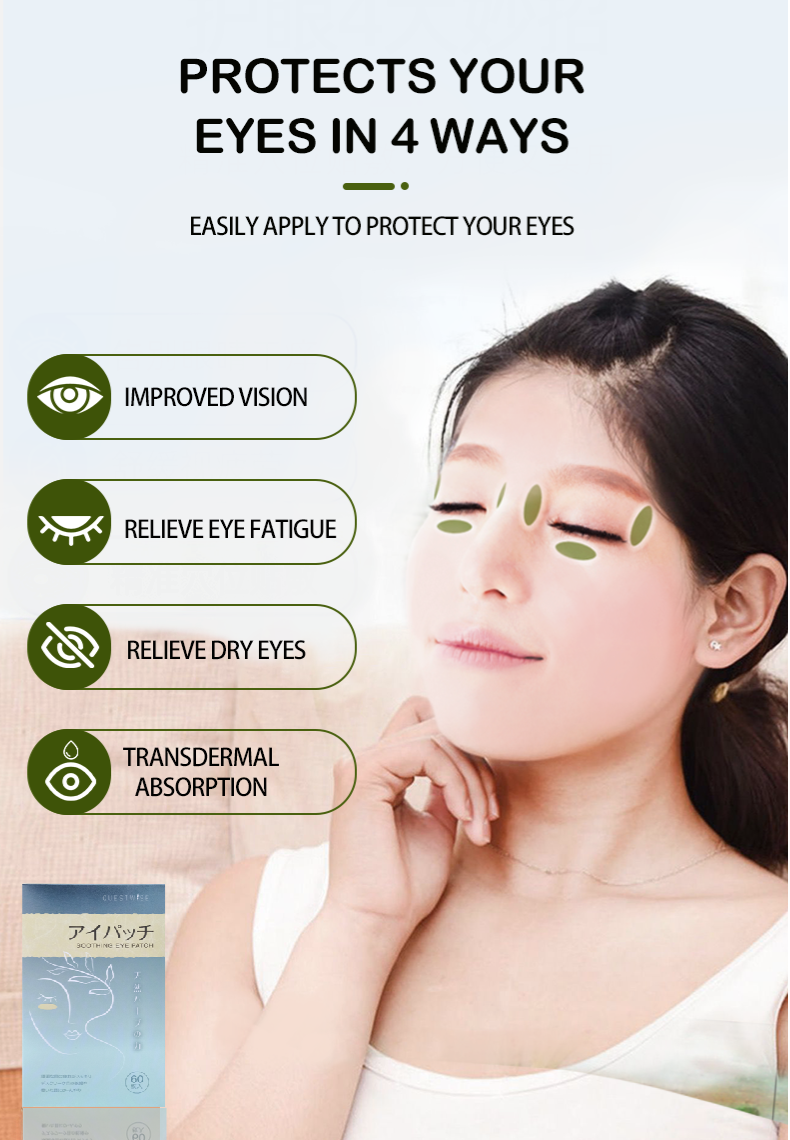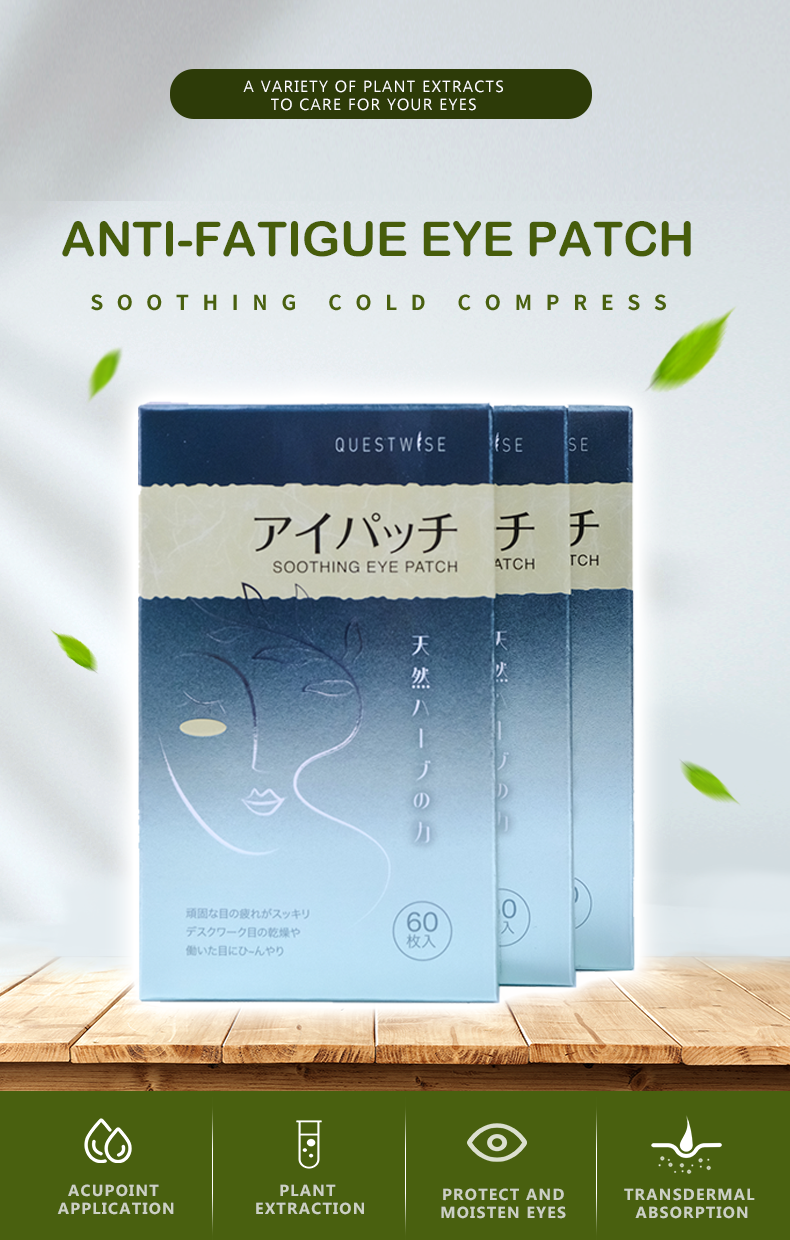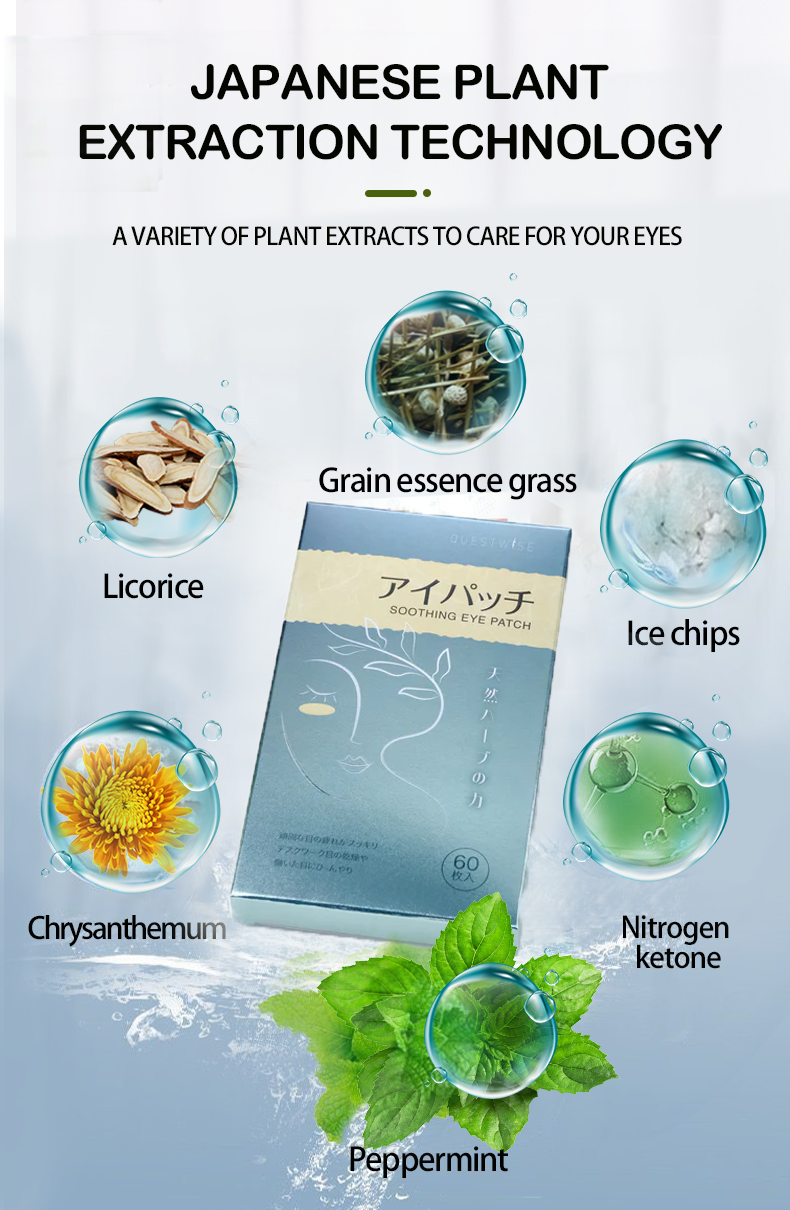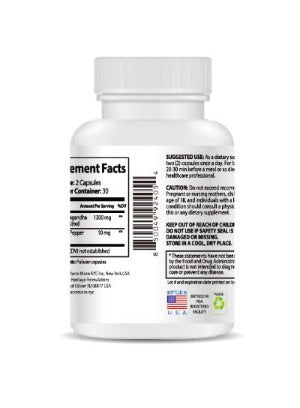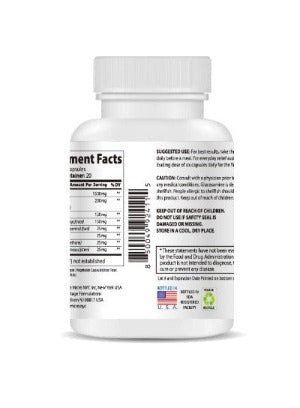How to Protect Your Seasonal Allergies Eyes from Pollen: A Comprehensive Guide for 2025
Seasonal allergies, a common ailment affecting millions, often manifest with irritating eye symptoms. In 2025, understanding how to effectively manage seasonal allergies eyes is paramount for maintaining comfort and well-being. This comprehensive guide explores the causes of seasonal allergies eyes, effective protection strategies, treatment options to alleviate discomfort, and steps to improve your quality of life during allergy season.
Understanding Seasonal Allergies and Their Impact on the Eyes
Seasonal allergies, also known as allergic rhinitis or hay fever, are triggered by airborne allergens such as pollen (tree, grass, weed), mold spores, and pet dander. When these allergens contact your eyes, your immune system mistakenly identifies them as threats, initiating an allergic reaction. This reaction releases histamine and other inflammatory substances, causing various eye symptoms. The eyes, directly exposed to airborne allergens, are particularly susceptible. The specific allergens responsible vary geographically and seasonally.
The Symptoms of Seasonal Allergies Eyes: A Detailed Overview
Seasonal allergies eyes symptoms range from mild discomfort to severe impairment, varying in intensity depending on individual sensitivity and allergen levels. Common symptoms include:
- Itching: Intense itching is a hallmark symptom of allergic conjunctivitis, an allergic reaction affecting the conjunctiva (the membrane lining the inside of the eyelids and covering the sclera – the white part of the eye).
- Watery Eyes (Excessive Tearing): Profuse tearing is the body's natural attempt to flush out irritants and allergens.
- Redness (Conjunctival Hyperemia): Inflammation of the conjunctiva causes visible redness in the eyes.
- Swelling (Edema): The eyelids and surrounding tissues may swell, appearing puffy.
- Burning or Stinging Sensation: A burning or stinging sensation is a common complaint.
- Sensitivity to Light (Photophobia): Bright lights may be intensely uncomfortable and cause discomfort.
- Eye Discharge: A clear, watery discharge may be present, sometimes becoming thicker and stickier.
- Eyelid Crusting: In more severe cases, crusting may form on the eyelids, especially upon waking.
The severity of these symptoms can vary dramatically. Some individuals experience minor discomfort, while others face debilitating symptoms significantly impacting their daily routines.
Protecting Your Eyes from Pollen: A Multifaceted Approach
Effective protection involves a combination of preventative measures and targeted treatment strategies.
Preventative Measures: Minimizing Exposure
- Pollen Count Monitoring: Utilize weather reports, allergy apps, or websites that provide real-time pollen counts in your area. Plan outdoor activities when pollen levels are lowest.
- Strategic Timing of Outdoor Activities: Pollen counts generally peak in the early morning and late afternoon. Minimize outdoor exposure during these times.
- Protective Eyewear: Wear wraparound sunglasses to create a physical barrier between your eyes and airborne allergens.
- Regular Hygiene: Wash your face and hair thoroughly after spending time outdoors to remove pollen adhering to your skin and hair.
- Home Environment Control: Keep windows and doors closed, especially during high-pollen days. Consider using an air conditioner with a HEPA filter.
- Air Purifiers: Utilize air purifiers with HEPA filters to remove airborne allergens from your indoor environment.
- Clothing Changes: Change your clothes after being outdoors to prevent the transfer of pollen to your home.
- Shower Before Bed: Washing away pollen before sleep can help prevent nighttime eye irritation.
- Minimize Driving with Open Windows: Even car rides can expose your eyes to pollen. Use the air conditioning system.
Treatment Options for Seasonal Allergies Eyes
If preventative measures aren't sufficient, various treatment options can provide relief.
- Over-the-Counter (OTC) Antihistamine Eye Drops: These drops effectively reduce itching, redness, and swelling. Follow product instructions carefully.
- Artificial Tears (Lubricating Eye Drops): Artificial tears help rinse away irritants and provide lubrication, alleviating dryness and irritation. Use as needed.
- Prescription Eye Drops: For more severe allergies, your doctor may prescribe stronger antihistamine or mast cell stabilizer eye drops.
- Cold Compresses: Applying cool compresses to your eyes can reduce swelling and soothe itching. Use for 10-15 minutes at a time.
- Soothing Eye Patches: For gentle, comforting relief, explore specialized eye patches designed to soothe irritated eyes. The Wise Quest Soothing Eye Patches - 1-Month Care Pack harnesses traditional Chinese herbal medicine to alleviate eye fatigue, dryness, astringency, redness, and swelling. This product promotes healthy blood circulation, easing most eye discomfort and disease.

The Wise Quest Soothing Eye Patches - 1-Month Care Pack provides a gentle yet effective approach to managing seasonal allergies eye symptoms. Its unique formulation offers soothing relief, promoting comfort and relaxation. The patches are designed for convenient, daily use.
When to Seek Professional Medical Attention
While many cases of seasonal allergies eyes are manageable with self-care and OTC treatments, seek medical attention if:
- Symptoms are severe, debilitating, or significantly impair your daily life.
- Symptoms don't improve with OTC treatments after a reasonable trial period.
- You experience changes in vision, such as blurred vision or double vision.
- You suspect a secondary infection, such as conjunctivitis (pink eye), accompanied by significant pus or discharge.
- You experience significant pain or discomfort in your eyes.
A doctor can properly diagnose the underlying cause of your eye symptoms and recommend the most appropriate treatment. They might prescribe stronger medications or refer you to a specialist like an ophthalmologist or allergist for advanced care.
Long-Term Strategies for Managing Seasonal Allergies Eyes
Beyond immediate relief, consider these long-term strategies:
- Allergy Testing: Identify specific allergens triggering your symptoms through allergy testing. This allows for targeted avoidance and treatment.
- Immunotherapy (Allergy Shots): In some cases, immunotherapy (allergy shots) can desensitize your immune system to specific allergens, providing long-term relief.
- Lifestyle Adjustments: Identify and eliminate potential triggers in your home and workplace, such as dust mites, pet dander, or mold.
- Regular Eye Exams: Schedule regular eye exams to monitor your eye health and detect any complications early.
Conclusion: Taking Control of Your Seasonal Allergies Eyes
Seasonal allergies eyes can significantly affect your quality of life. By combining proactive preventative measures with appropriate treatment options, you can effectively manage your symptoms and experience a more comfortable allergy season. The Wise Quest Soothing Eye Patches - 1-Month Care Pack offers a gentle and effective addition to your allergy management plan, providing soothing relief and promoting overall eye health. Remember to consult with your healthcare provider for personalized advice and treatment plans to manage your seasonal allergies effectively.

